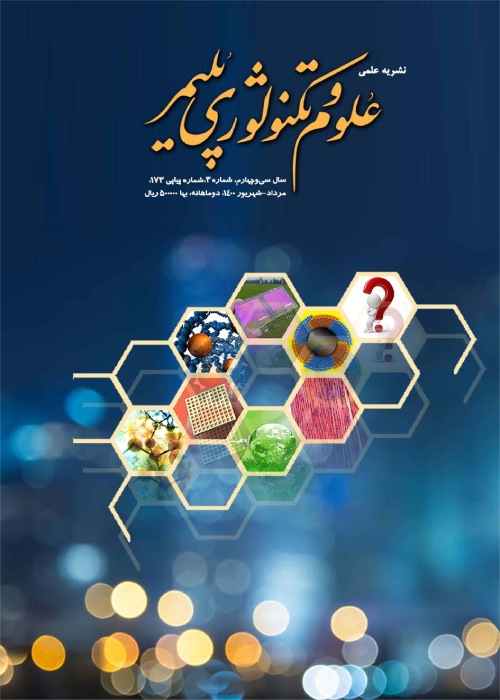Effect of Printer Process Parameters of Fused Filament Fabrication on the Tensile Strength and Density of Polylactic Acid/Nanoclay Nanocomposites
Hypothesis:
Fused filament fabrication (FFF) method is widely used in additive manufacturing due to its benefits, such as ease of use, cost-effectiveness, and availability. The mechanical properties of polylactic acid (PLA) printed by the FFF method can be significantly improved by combining them with nanomaterials such as nanoclay and optimizing the printing process parameters such as printing temperature and raster angle.
In order to investigate and optimize the multi-objective 3D printing process of PLA nanocomposite samples reinforced by nanoclay, the response surface method (RSM) was used as one of the methods of design of experiments. Nozzle temperature (190, 210 and 230°C), raster angle (0, 45 and 90°) and nanoclay weight percentage (0, 2 and 4% by wt) were studied to optimize output responses. Melt mixing of PLA with nanoclay particles was done using a twin-screw extruder machine and a granulator machine. The composite granules of PLA were prepared with 2 and 4% (by wt) of nanoclay. The prepared composite granules were entered into a single-screw extruder and composite filaments were produced.
The analysis of parameter participation in the density data reveals that the weight percentage of nanoclay and the nozzle temperature exhibit the most substantial influence, while raster angle has the least impact. Conversely, when considering tensile strength results, the weight percentage of nanoclay is the dominant factor, while the interaction between the weight percentage of nanoclay and raster angle has the smallest influence among the parameters under investigation. The multi-objective optimization results revealed that the optimal process conditions to achieve maximum strength are a nanoclay weight percentage of 4% (by wt), a nozzle temperature of 230°C, and a raster angle of about 25.5°. The tensile strength of the parts produced is 33.78 MPa, and their density is at least 1.089 g/cm3.
- حق عضویت دریافتی صرف حمایت از نشریات عضو و نگهداری، تکمیل و توسعه مگیران میشود.
- پرداخت حق اشتراک و دانلود مقالات اجازه بازنشر آن در سایر رسانههای چاپی و دیجیتال را به کاربر نمیدهد.


